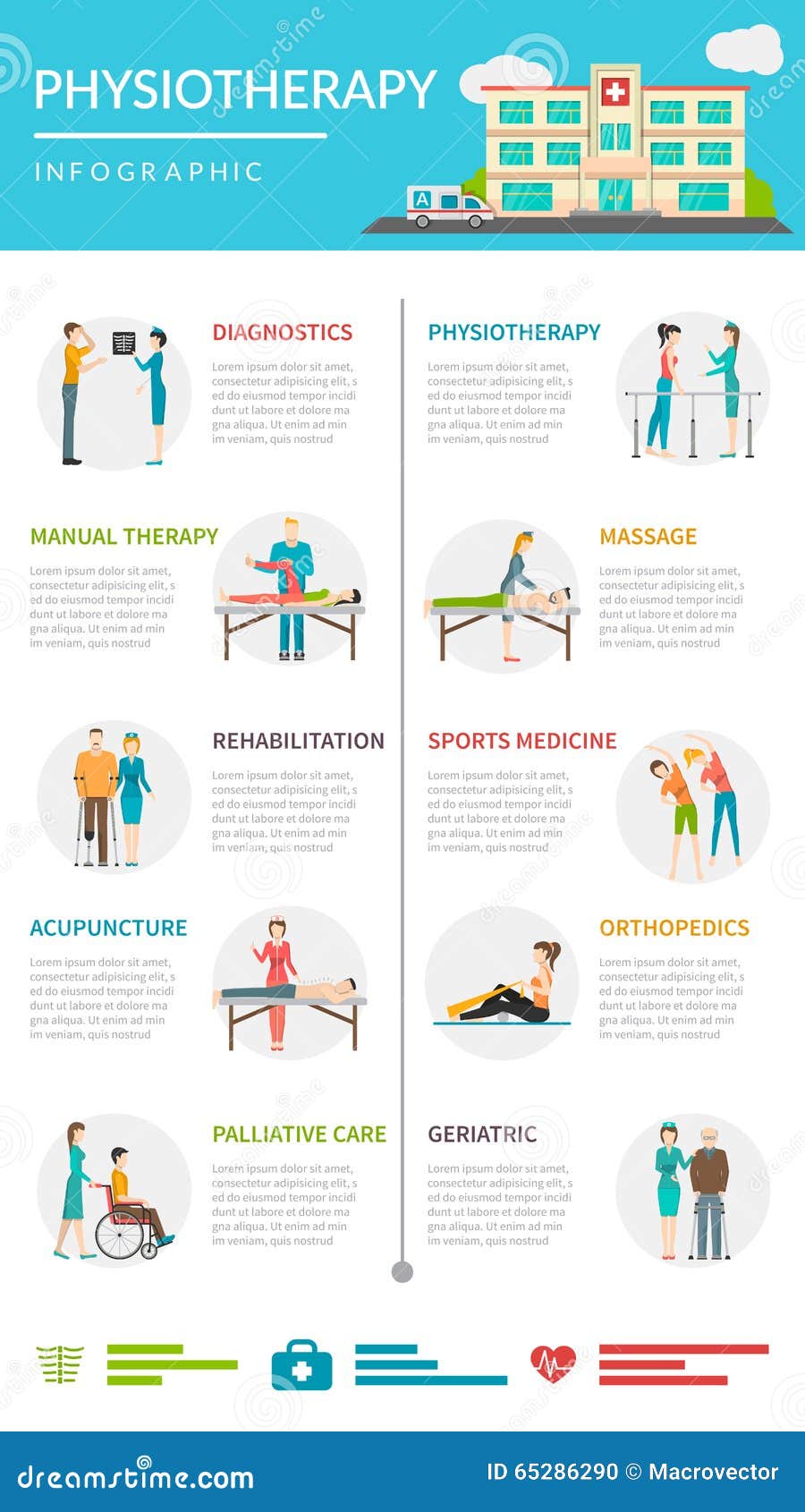The Relationship In Between Position And Pain In The Back: Approaches For Preserving Correct Alignment Throughout The Day
The Relationship In Between Position And Pain In The Back: Approaches For Preserving Correct Alignment Throughout The Day
Blog Article
Web Content Composed By-House Fraser
Preserving correct posture isn't just about staying up straight; it has to do with straightening your body in a manner that supports your spinal column and decreases the threat of neck and back pain. The means you sit, stand, and relocate throughout the day can dramatically influence your back wellness. However exactly how precisely can you make certain excellent alignment continually, even throughout active days filled with various activities? Allow's dig deeper right into the subtle yet impactful modifications you can make to your daily routine to keep your back happy and healthy and balanced.
Importance of Proper Posture
Correct stance is critical in maintaining a healthy back and preventing discomfort. When you sit or stand with excellent stance, your back remains in placement, lowering stress on your muscle mass, ligaments, and joints. This alignment permits the body to disperse weight evenly, stopping excessive tension on certain locations that can result in discomfort and discomfort. By keeping your spinal column effectively aligned, you can also improve your breathing and food digestion, as slouching can press organs and limit their functionality.
Furthermore, keeping good position can boost your general look and self-confidence. When preferred stand tall with your shoulders back and head held high, you exude self-confidence and show up more approachable. Great posture can also make you really feel more invigorated and sharp, as it promotes appropriate blood circulation and enables your muscle mass to work efficiently.
Integrating correct position into your everyday regimen, whether resting at a workdesk, walking, or exercising, is crucial for avoiding neck and back pain and promoting overall wellness. Keep in mind, a little modification in how you hold yourself can make a significant distinction in just how you really feel and operate throughout the day.
Common Postural Mistakes
When it pertains to keeping good pose, numerous people unknowingly make typical mistakes that can contribute to neck and back pain and discomfort. One of the most common mistakes is slumping over or stooping over while sitting or standing. This placement puts excessive pressure on the spine and can cause muscular tissue imbalances and discomfort over time.
An additional typical blunder is overarching the lower back, which can flatten the natural curve of the spinal column and trigger pain. Additionally, going across legs while resting might feel comfortable, yet it can produce an inequality in the hips and hips, bring about postural concerns.
Making use of a pillow that's too soft or as well strong while resting can additionally affect your alignment and contribute to pain in the back. Finally, regularly craning your neck to check out screens or adjusting your position often can stress the neck and shoulders. Bearing in mind these typical postural mistakes can help you keep much better placement and minimize the risk of neck and back pain.
Tips for Correcting Placement
To enhance your positioning and lower back pain, it's vital to focus on making small modifications throughout your day-to-day routine. Begin by bearing in mind your stance. When sitting, guarantee your feet are flat on the floor, your back is straight, and your shoulders are unwinded. Prevent slouching or leaning to one side. Use ergonomic chairs or cushions to support your reduced back.
When standing, disperse your weight uniformly on both feet, keep your knees somewhat curved, and tuck in your hips. Involve your core muscles to sustain your back. Take breaks to extend and walk if you have a sedentary work. Include workouts that strengthen your core and back muscle mass, such as planks or bridges.
While sleeping, make use of a pillow that supports the natural contour of your neck to keep proper spinal placement. Stay clear of sleeping on your belly, as it can stress your neck and back. By being mindful of these pointers and making small modifications, you can slowly remedy your alignment and relieve back pain.
Final thought
Remember, preserving excellent stance is key to avoid pain in the back and promoting spinal health. By bearing in mind your alignment, distributing weight evenly, and engaging your core muscle mass, you can lower strain on your back and lessen the threat of discomfort and injury. https://www.horsetalk.co.nz/2019/01/20/alternative-horse-chiropractic-adjustment/ , take regular breaks to stretch, and enhance your core and back muscles to keep proper placement throughout the day. Your back will thank you for it!
